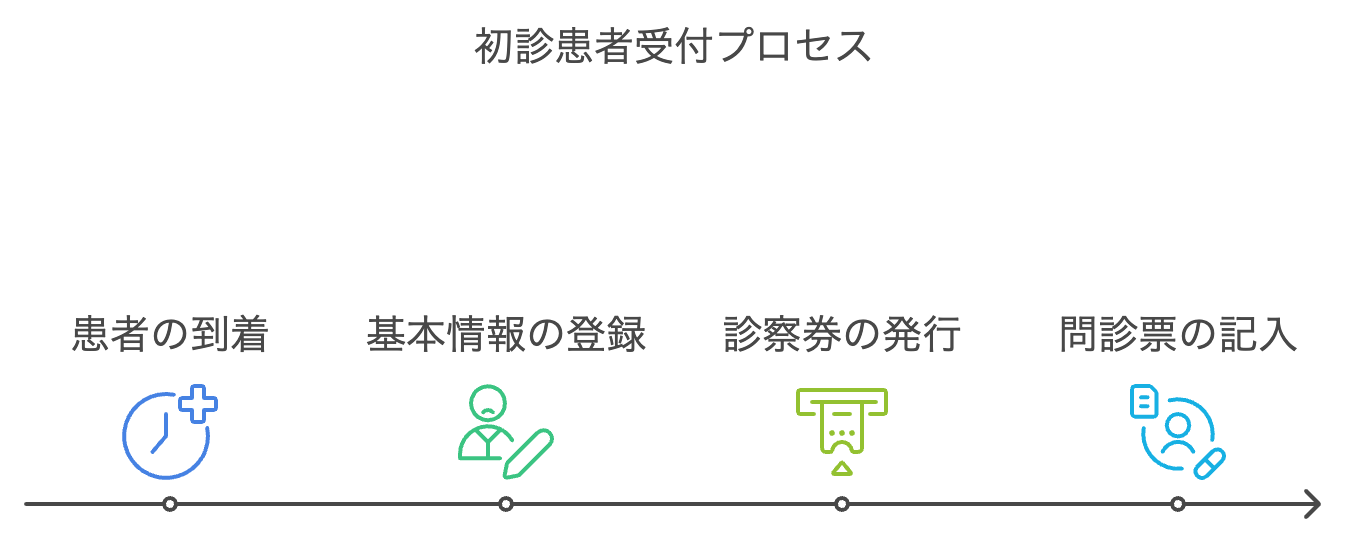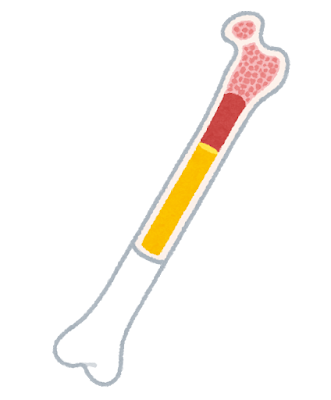小児科におけるアレルギー性疾患(気管支喘息、食物アレルギー、花粉症)に関する会話例と英語フレーズ
**アレルギー性疾患(Allergic Diseases)は、子供によく見られる慢性的な健康問題のひとつです。気管支喘息(Bronchial Asthma)、食物アレルギー(Food Allergy)、および花粉症(Hay Fever)**などが代表的なアレルギー症状であり、これらは適切な診断と長期的な管理が必要です。
この記事では、アレルギー性疾患に関連する診察時の会話例と、それに関連する英語表現を紹介します。
患者の設定
- 名前: Hana Tanaka (5歳、女の子)
- 主な症状: 気管支喘息の既往があり、季節ごとに花粉症がひどくなる。最近、ピーナッツアレルギーと診断され、特定の食品を避けるように指導されている。
- 既往歴: 気管支喘息(Bronchial Asthma)
- 家族歴: 母親が花粉症
1. 初診での問診と症状の確認
アレルギー性疾患には、喘息、食物アレルギー、花粉症などが含まれます。これらの症状がどのように進行しているか、家族歴や環境要因を確認することが重要です。
会話例: アレルギー性疾患の問診
Doctor: “Good afternoon, Mrs. Tanaka. I understand that Hana has asthma and has recently been diagnosed with a peanut allergy. Could you tell me more about her symptoms and when they started?”
日本語訳: 「こんにちは、田中さん。はなちゃんには喘息があり、最近ピーナッツアレルギーと診断されたと伺いました。症状について教えていただけますか?また、いつ頃から始まりましたか?」
Parent: “Hana’s asthma started when she was around two years old, and it gets worse in the winter. Her peanut allergy was diagnosed after she had a reaction about a month ago. She also has hay fever in the spring.”
日本語訳: 「はなの喘息は2歳頃から始まり、冬になると悪化します。ピーナッツアレルギーは1ヶ月前にアレルギー反応が出てから診断されました。また、春になると花粉症もあります。」
Doctor: “Has she had any serious allergic reactions, like trouble breathing or swelling after eating peanuts?”
日本語訳: 「ピーナッツを食べた後に、呼吸困難や腫れなどの深刻なアレルギー反応はありましたか?」
Parent: “Yes, she started coughing and had trouble breathing, so we rushed her to the emergency room. They gave her an epinephrine injection.”
日本語訳: 「はい、咳が始まり、呼吸困難になったので、救急病院に連れて行きました。そこでエピネフリン注射をしてもらいました。」
2. 家族歴とリスク要因の確認
アレルギー性疾患は遺伝的な要因が関わっていることが多いため、家族歴やリスク要因を確認します。
会話例: 家族歴の確認
Doctor: “Does anyone else in the family have asthma or allergies, like hay fever or food allergies?”
日本語訳: 「家族の中で喘息やアレルギー、例えば花粉症や食物アレルギーを持っている人はいますか?」
Parent: “Yes, I have hay fever in the spring, and Hana’s father has a mild shellfish allergy.”
日本語訳: 「はい、私が春に花粉症がありますし、はなの父親は軽い甲殻類アレルギーがあります。」
3. アレルギーの管理方法と治療の説明
アレルギー性疾患の管理には、アレルギー回避、薬物療法、エピペンなどの緊急対応の指導が含まれます。
会話例: アレルギーの管理と治療法の説明
Doctor: “For Hana’s peanut allergy, it’s important to avoid any foods that contain peanuts or may have come into contact with peanuts. You should always carry an epinephrine auto-injector in case of a severe reaction. Does she have an EpiPen?”
日本語訳: 「はなちゃんのピーナッツアレルギーについては、ピーナッツを含む食品やピーナッツに接触した可能性のある食品を避けることが重要です。また、エピペンを常に持ち歩き、緊急時に備えてください。エピペンは持っていますか?」
Parent: “Yes, we were given an EpiPen at the hospital, and I always carry it with us.”
日本語訳: 「はい、病院でエピペンをもらって、いつも持ち歩いています。」
Doctor: “That’s great. As for her asthma, we’ll continue her inhaler and monitor her symptoms, especially during the winter months. If her symptoms get worse, we may need to adjust her medication.”
日本語訳: 「それは良かったです。喘息については、吸入薬を続けて、特に冬の間は症状をモニタリングしましょう。症状が悪化した場合、薬の調整が必要かもしれません。」
4. アレルギー症状の予防と家庭での対策
アレルギー性疾患の管理には、家庭や学校での予防策が大切です。食物アレルギーや花粉症の発作を防ぐための対策を説明します。
会話例: 家庭での予防策の説明
Doctor: “At home, it’s important to keep foods that contain peanuts out of reach, and be careful when eating out. Make sure to inform her teachers and caregivers about her allergy and asthma, so they know what to do in case of an emergency.”
日本語訳: 「家では、ピーナッツを含む食品を手の届かない場所に置き、外食の際にも注意してください。また、先生や保育者にアレルギーと喘息について伝え、緊急時の対応を知ってもらうようにしてください。」
Parent: “We’ve already informed her school about her allergies, and they know how to use the EpiPen if necessary.”
日本語訳: 「すでに学校にアレルギーについて伝えてあり、必要であればエピペンの使い方も教えてあります。」
Doctor: “That’s excellent. For her hay fever, it’s a good idea to keep windows closed during pollen season and use an air purifier at home. We can also prescribe antihistamines if her symptoms get worse.”
日本語訳: 「素晴らしいです。花粉症に関しては、花粉の季節には窓を閉めておき、空気清浄機を使うと良いでしょう。症状が悪化した場合は、抗ヒスタミン薬を処方することもできます。」
5. 生活習慣の改善とアレルギー管理の説明
アレルギー性疾患の長期管理には、環境の調整や定期的な診察が必要です。特に食物アレルギーや喘息は注意深く管理することが求められます。
会話例: 長期管理と生活習慣の改善
Doctor: “Regular follow-ups are important to monitor Hana’s asthma and allergies. We’ll adjust her treatment as needed and continue to monitor her lung function. It’s also helpful to keep a symptom diary to track any flare-ups.”
日本語訳: 「定期的な診察が、はなちゃんの喘息とアレルギーをモニタリングするために重要です。必要に応じて治療を調整し、肺機能を継続的にチェックします。症状が現れた時には症状日記をつけると良いです。」
Parent: “We’ll keep track of her symptoms and make sure to bring her in for regular check-ups.”
日本語訳: 「症状を記録し、定期的な診察に連れて行くようにします。」
学習ポイント
- 症状の確認: アレルギー性疾患に関連する症状(喘息、アレルギー反応、花粉症の症状など)を確認するためのフレーズを学びます。
例: “Has she had any trouble breathing or allergic reactions recently?“(最近、呼吸困難やアレルギー反応はありましたか?) - アレルギー管理の説明: 食物アレルギーや喘息の管理に関するフレーズを学びます。
例: “It’s important to avoid foods that contain peanuts and always carry an epinephrine injector.“(ピーナッツを含む食品を避け、常にエピペンを持ち歩くことが重要です。) - 予防策の説明: 花粉症やアレルギーの発作を防ぐための家庭での予防策について学びます。
例: “Keeping windows closed and using an air purifier can help reduce pollen exposure during allergy season.“(窓を閉めて、空気清浄機を使うことで、花粉症の季節に花粉の影響を減らすことができます。)
関連キーワード: 小児科, 気管支喘息, 食物アレルギー, 花粉症, 英語会話例, 外国人対応, エピペン, 予防策



